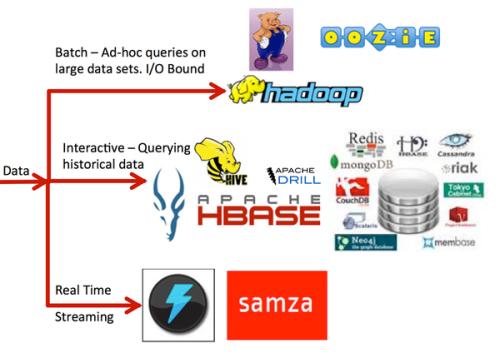The problem of multiphase materials (fluid or solid) interacting with the rigid body structure is studied by proposing a novel VMS-FEM (variational multi-scale finite element method) in the Eulerian framework using the fixed mesh. The incompressible N-S equation with high Reynolds number is stabilized using the idea of the VMS stabilization. To model the multiphase materials, a modified level set method is used to track the development of interfaces between different phases of materials. The interaction between the materials and the rigid body structure is realized using the Lagrangian multiplier method. The mesh of the rigid body structure domain is incompatible with the Eulerian fixed mesh for material domains. A cutting finite element scheme is used to satisfy the coupling condition between the rigid body structure boundary and the deformeable multiphase materials. A novel algorithm is proposed to track the stress history of the material point in the Eulerian fixed-mesh framework such that the stress-history-dependent fluid or solid materials (e.g. as soil) are also analysable using fixed-mesh. The non-local stress theory is used. To consider the stress-history-dependent material in the Eulerian fixed mesh, in the step of calculating the non-local relative-distance-based averaging treatment, the field point location is based on the updated material point position,rather than the spatial field point location. Thus, the convective effect of the previous stress history and the calculation of the non-local stress fields are realized in one shot. Thus, the proposed novel VMS-FEM can solve almost any history-dependent materials (fluid or solid) in the Eulerian framework (fixed mesh), where the distorted mesh problem is not existent.
翻译:本文研究了多相材料(固体或流体)与刚体结构相互作用问题,提出了一种新的Eulerian框架下使用固定网格的时变应力VMS-FEM(变分多尺度有限元方法)。采用VMS稳定化思想对高雷诺数不可压N-S方程进行稳定。为模拟多相材料,采用修改的水平集方法跟踪不同材料相之间的界面发展情况。采用拉格朗日乘数法实现材料与刚体结构之间的相互作用。刚体结构域网格与Eulerian固定材料域网格不兼容。采用剪切有限单元方案以满足刚体结构边界和可变形多相材料之间的耦合条件。提出了一种新的算法以在Eulerian固定网格框架中跟踪材料点的应力历史,使具有应力历史依赖性的流体或固体材料(如土壤)也可以使用固定网格进行分析。采用非局部应力理论进行计算。为在Eulerian固定网格中考虑应力历史依赖材料,在计算基于相对距离的非局部平均处理的步骤中,场点位置基于更新的材料点位置,而不是空间场点位置。因此,前一应力历史的对流效应和非局部应力场的计算在一步中实现。因此,该提出的新型VMS-FEM可以在Eulerian框架(固定网格)中解决几乎任何历史依赖材料(固体或流体)的问题,其中不存在扭曲的网格问题。




